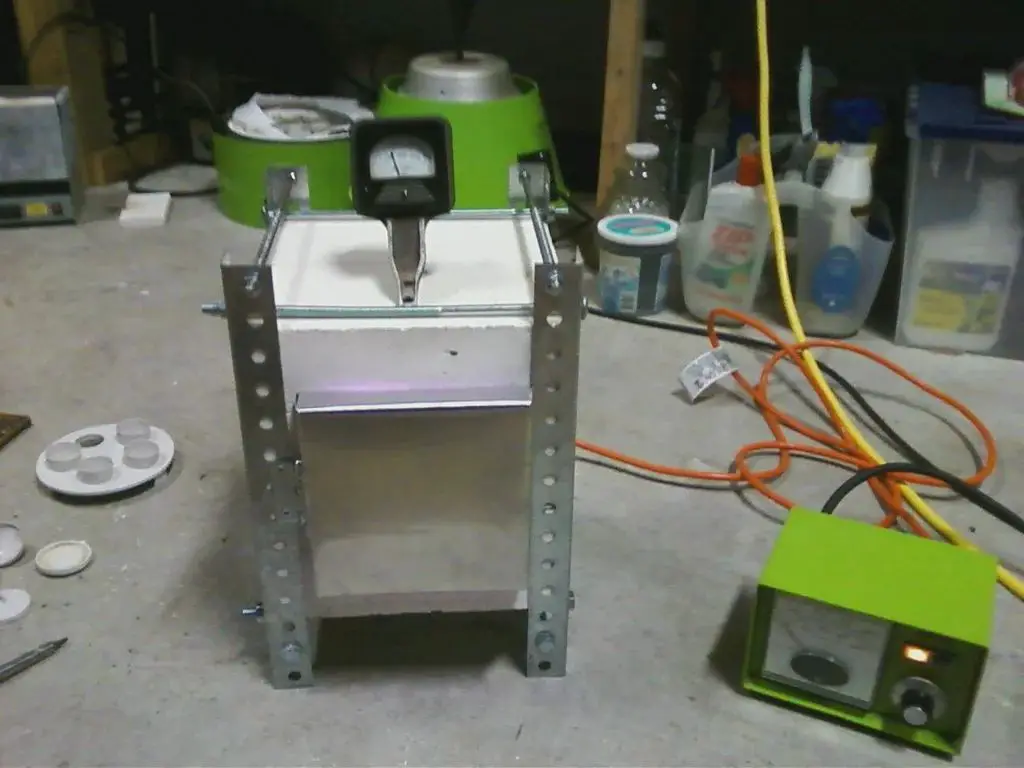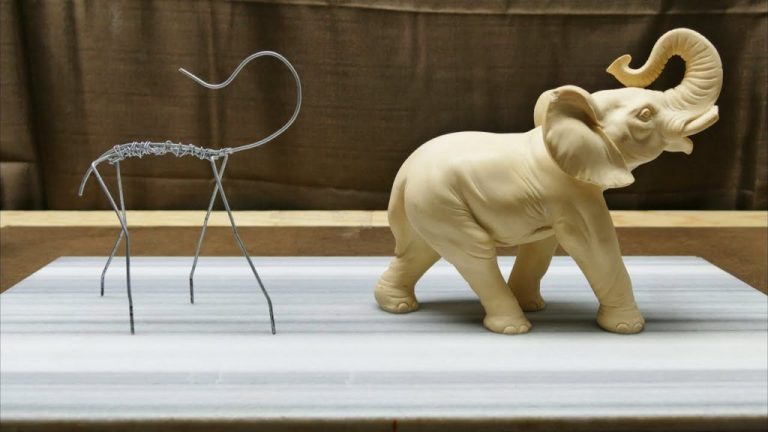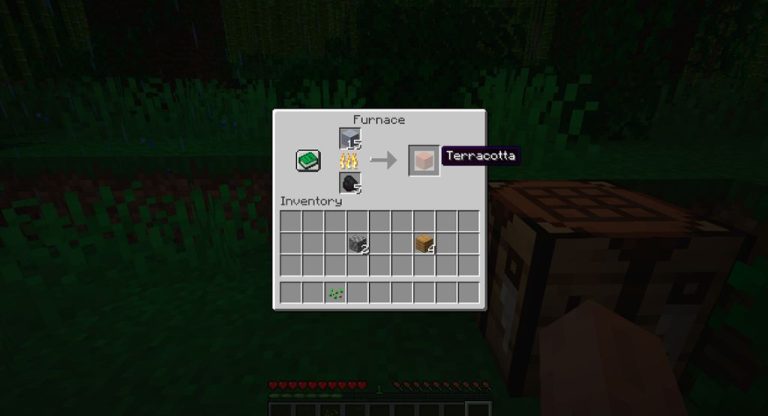Are Glass And Pottery Kilns The Same?
Kilns are chambers or ovens used for firing materials at high temperatures. They have been used for thousands of years for hardening pottery, firing ceramics, and melting glass. The purpose of kilns in both glassmaking and pottery is to heat raw materials to very high temperatures in order to permanently transform them through physical and chemical reactions. For glass, kilns allow heating of silica and other ingredients like soda ash and limestone to over 1400 degrees Celsius to fuse into glass. For pottery and ceramics, kilns heat clay objects to between 500-1200 degrees Celsius to permanently harden them through sintering. Kilns allow precise control over heating materials in an enclosed, insulated space.
Types of Kilns
There are several major types of kilns used for glassmaking and pottery:
Glass kilns are typically furnace-style kilns that can reach very high temperatures. They are often made of firebricks and ceramic fiber insulation. Some common types of glass kilns include:[1]
- Furnace kilns – Rectangular, top-loading kilns with burners on the sides.
- Front-loading kilns – Allow glassworkers to feed in raw materials through the front.
- Cross-draft kilns – Burners fire across the chamber for even heating.
Pottery kilns have slightly lower temperature requirements. Major types include:[2]
- Electric kilns – Use heating elements to fire clay and glazes.
- Gas kilns – Use propane or natural gas for fuel.
- Wood-fired kilns – Burn wood to produce unique effects.
Kiln sizes range from small tabletop models to large walk-in kilns. Shape also varies, with oval, rectangular, and cylindrical kilns available.
Heating Methods
The main heating methods for glass and pottery kilns are electric and gas firing. Electric kilns use heating elements, while gas kilns use natural gas or propane burners as fuel sources. Electric kilns tend to provide more precise temperature control, while gas kilns can achieve higher maximum temperatures (source).
Electric kilns utilize heating elements, like coils or rods, that convert electrical current into heat. The elements are controlled by a digital programmer or pyrometer that allows the kiln temperature to be precisely adjusted and maintained throughout the firing process. This level of control is ideal for glass firing. Gas kilns rely on natural gas or propane burners that generate intense heat through combustion inside the kiln chamber. Gas kilns can reach higher peak temperatures, over 2300°F, making them well-suited for firing ceramics to higher cone temperatures. However, gas kilns can be more difficult to accurately control during heatup and firing (source).
For glass firing, electric kilns in the 120V to 240V range with programmable controllers are commonly used to achieve temperatures between 1400-1500°F. Gas kilns may be required for certain high-fire ceramic glazes over cone 6 that need temperatures above 2200°F. In general, electric kilns allow more precise regulation during the gradual heating and cooling cycles critical to glass fusing and slumping processes (source).
Kiln Design Elements
The design of a kiln is a key factor that determines how well it performs for glass or pottery. Some key design elements include:
Shelves vs. floor space – Glass kilns typically have more shelves to hold glass pieces, while pottery kilns require more floor space for larger items. Some combination kilns are designed with adjustable shelves to accommodate both glass and pottery.
Insulation materials – Kilns need thick insulation to retain heat for prolonged firings at high temperatures. Ceramic fiber and firebricks are common materials. Glass kilns may use lightweight fiber blanket insulation between layers of firebrick for faster heat-up.
Chimney/venting – Proper venting releases heat, fumes and moisture. Pottery kilns often have short chimneys while glass kilns may have powered vents. Venting should match the firing atmosphere and temperatures expected.
Door construction – Sturdy doors with safety latches are required. Glass kilns may have smaller hinged doors vs. large lift doors on pottery kilns. Heat-resistant gaskets or ceramic paper ensure an airtight seal.
Paying attention to these design factors allows kilns to be tailored to either glass or ceramic firing.
Using Kilns for Glassmaking
Glassmaking involves several processes that require specialized kilns. Three common glassmaking techniques that use kilns are annealing, fusing, and glassblowing.
Annealing is a process of slowly cooling hot glass to relieve internal stresses after it has been formed. Annealing kilns allow glass to be heated to high temperatures and then gradually cooled over several hours or days. According to an article on the Olympia Kilns website, “Annealing is one of the steps of firing glass. Kilns are programmed to slowly cool (anneal) glass to eliminate any stress after it is formed.” (https://www.olympickilns.com/products/glass/annealing-crucible-kilns/)
Fusing kilns allow glass pieces to be heated to high temperatures so they fuse together seamlessly. Kilns used for fusing provide precise temperature control so glass does not become overheated. As noted by Mountainglass.com, “Annealing kilns [are used] for lampwork & glass flameworking.” (https://www.mountainglass.com/tools-and-equipment/kilns-parts-and-accessories/kilns)
Glassblowing requires specialized kilns to reheat and maintain molten glass for shaping. These kilns, sometimes called glory holes, keep glass at temperatures over 2000°F during the glassblowing process. Precise temperature regulation is critical.
Using Kilns for Pottery
Kilns are an essential tool for firing pottery. There are three main firing techniques used in pottery:
Bisque firing refers to the initial firing of clay objects. This converts the clay from its wet, soft state into a hardened, permanent material by heating it to over 1000°F. Bisqueware is unglazed and porous. Bisque firing prepares the clay for the application of glazes and subsequent firings.[1]
Glaze firing is the process of fusing glazes onto bisqueware by firing the objects to over 2000°F. Glazes melt and form a glassy coating during firing. Proper glaze chemistry and firing temperature are crucial for achieving the desired colors, textures, and effects.[2]

Raku firing involves removing pottery from the hot kiln and placing it into materials like sawdust or leaves. This rapid cooling gives raku pottery its distinctive crackled, metallic finishes. Traditionally, raku firing happens at lower temperatures around 1700-1800°F. The unpredictability of the process means that no two raku pieces are ever identical.
Temperature Considerations
The desired temperatures for firing glass vs. pottery can vary significantly. Glass generally requires higher temperatures, often reaching over 2,000°F to melt and fuse the silica. According to Soul Ceramics, pottery is often fired at lower temperatures between 1,700-2,300°F depending on the clay body. Earthenware clays can be fired between 1,700-2,100°F, while stoneware clays require 2,200-2,300°F to vitrify and become waterproof.
The effects of temperature on the materials is considerable. Glass needs to reach temperatures hot enough to melt, fuse, and anneal properly, while avoiding devitrification. Pottery must also reach suitable temperatures to harden the clay through sintering without deforming or cracking the piece. Careful programming and monitoring of the rising heat is crucial to achieve the desired results and avoid defects.
Kiln controllers allow setting customized firing schedules with ramps, holds, and target temperatures. The controller tracks the temperature using thermocouples and makes automatic adjustments to follow the programmed schedule. This level of precision and control allows firing a wide range of glass and pottery pieces successfully.
Kiln Maintenance
Proper maintenance is critical for keeping glass and pottery kilns functioning safely and efficiently. Kilns should be cleaned regularly to remove any glaze, glass drips, or dust that can accumulate. According to Kiln Frog, shelves, posts and walls should be scrubbed periodically [1]. Soul Ceramics recommends vacuuming the kiln and using a damp cloth to wipe down the interior [2].
Heating elements and firebricks will need to be replaced occasionally as they wear out over time. Hotkilns recommends having spare elements on hand for when they burn out [3]. Firebricks may need rearranging or patching if they become cracked or damaged. Element terminals should be tightened and electrical connections checked for safety.
Proper ventilation, fireproof surfaces, clearance from combustibles and a kiln sitter or high limit switch are important safety features. Always wear heat resistant gloves and safety goggles when performing kiln maintenance. Allow adequate time for the kiln to cool before cleaning or repairs.
Similarities and Differences Between Glass and Ceramic Kilns
Glass and ceramic kilns share some similarities in design and use, but also have some key differences based on the unique needs of glassmaking versus pottery (Rocket Rose Art). Both types of kilns use high heat to permanently alter materials—glass or clay—in a process called “firing.” The kilns are heavily insulated to maintain high interior temperatures. Elements or burners heat the interior chamber where the glass or pottery is placed on shelves.
A major difference is that glass kilns operate at much higher temperatures, often over 1500°F to melt glass. Ceramic kilns typically only reach 2200-2400°F maximum for high-fire pottery. The heating elements also differ, with glass kilns having elements in the lid to heat glass from both sides, while pottery kilns heat from below (Skutt). Glass kilns also have more sophisticated automatic programming controls to regulate the firing schedule. While both kiln types provide ventilation, glass kilns need more specialized adjustable vents.
Both kilns may have similar foundation requirements and electrical hookups. Maintenance is also similar, requiring calibration and element replacement. Shelving setups can accommodate either glass or ceramic work. Many ceramic kilns can be adapted to accommodate occasional glass firing. However, the differences in operating temperatures and heating methods make dedicated glass kilns unsuitable for firing pottery.
Conclusion
Glassmaking and pottery both rely on kilns to complete the firing process, but there are some key differences between glass and pottery kilns. The main similarity is that both kiln types use heat to permanently set materials like glass and ceramic. However, glass kilns require much higher temperatures, often over 2000°F, to properly melt glass. Pottery kilns usually only reach around 2200°F at most. This is because clay can vitrify and become ceramic at lower temperatures than what is needed to melt glass.
Another difference is that glass kilns need even, sustained heat throughout whereas pottery kilns can utilize different heating zones. Glass kilns also tend to be smaller since glass doesn’t expand when heated. The atmosphere inside the kiln is also a key factor – glass kilns are usually electric while pottery kilns can be electric, gas, wood, or even raku style.
When choosing a kiln, think about your specific needs in terms of size, temperatures reached, airflow, and desired features. Both glass and pottery artists should also consider reliability, durability, efficiency, and safety. With the proper kiln for the type of material worked, it’s possible to produce beautiful fired results.



